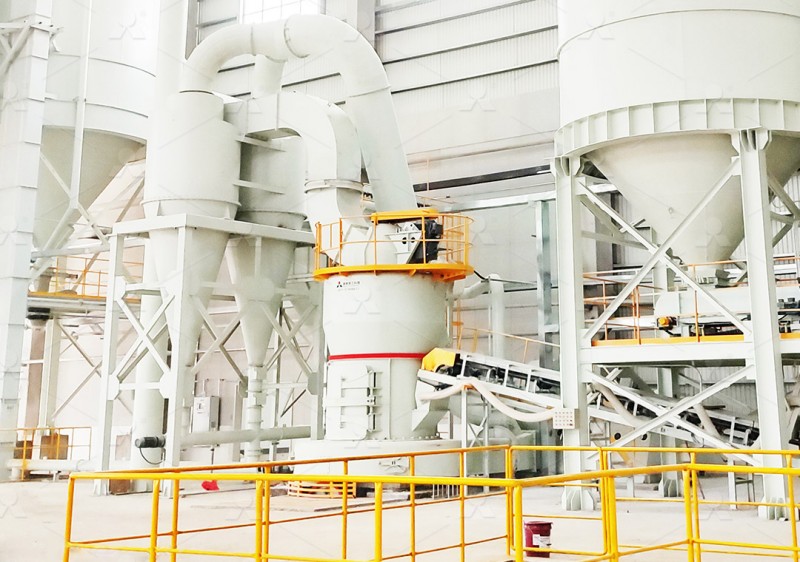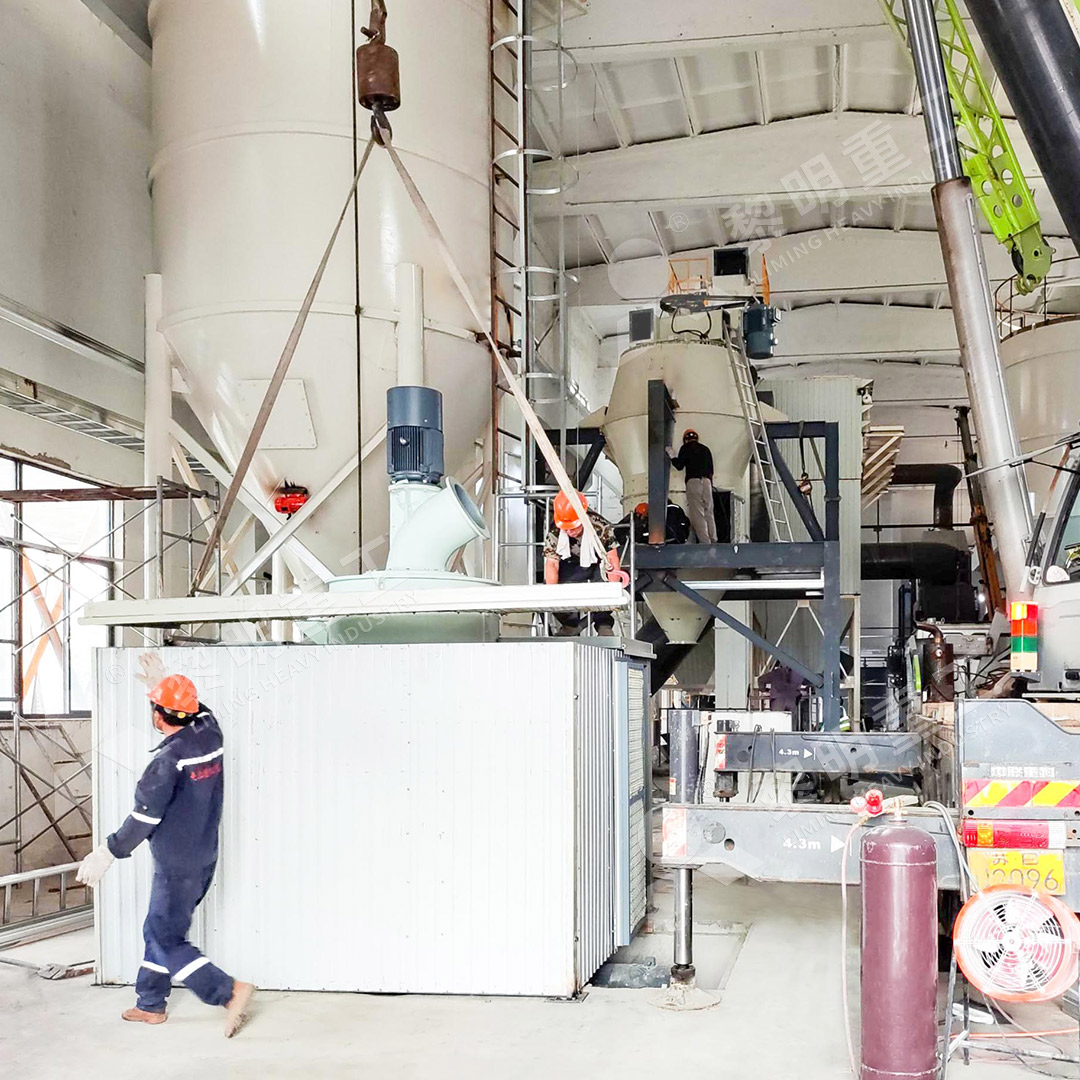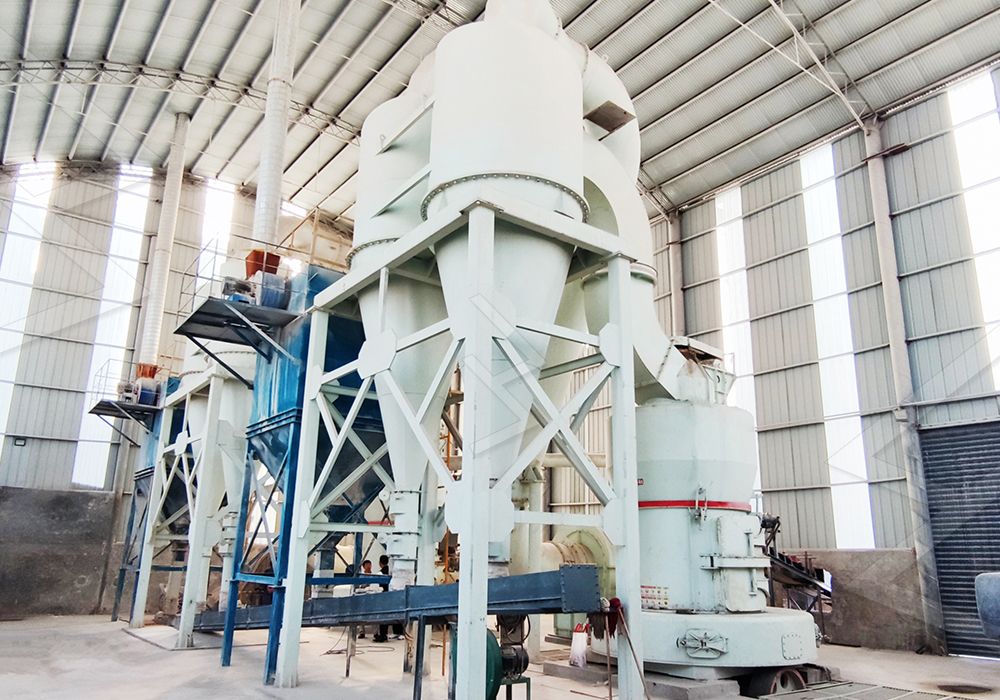High Efficiency Limestone Grinding Mill for Power Plant Desulfurization
High Efficiency Limestone Grinding Mill for Power Plant Desulfurization
In today’s environmentally conscious power generation industry, flue gas desulfurization (FGD) has become a critical process for reducing sulfur dioxide emissions. The heart of any effective wet limestone FGD system lies in producing high-quality limestone powder with precise particle size distribution. Selecting the right grinding equipment can significantly impact both operational efficiency and environmental compliance.
The Critical Role of Limestone Grinding in FGD Systems
Power plants worldwide face increasing pressure to meet stringent emission standards while maintaining operational efficiency. The desulfurization process requires limestone powder with specific characteristics – typically between 325-2500 meshes – to ensure optimal reaction rates in the absorber tower. Traditional grinding methods often fall short in achieving the necessary fineness while maintaining cost-effectiveness and reliability.

Modern power plants require grinding solutions that deliver consistent particle size distribution, high throughput, and minimal downtime. The challenges of traditional ball mills include excessive energy consumption, limited fineness control, and significant maintenance requirements. These limitations have driven the development of advanced grinding technologies specifically designed for FGD applications.
Advanced Grinding Solutions for Modern Power Plants
Among the various options available, our MW Ultrafine Grinding Mill stands out as an exceptional choice for power plant desulfurization applications. This advanced system processes limestone with input sizes of 0-20 mm and delivers capacities ranging from 0.5 to 25 tph, making it suitable for both small and medium-sized power facilities.
The MW Ultrafine Grinding Mill incorporates several innovative features that directly address the unique requirements of FGD systems. Its newly designed grinding curves of grinding roller and grinding ring enhance grinding efficiency by 40% compared to jet grinding mills and stirred grinding mills. Perhaps most importantly for power plant operations, the system energy consumption is only 30% of traditional jet grinding mills, resulting in significant operational cost savings.

Key Advantages for Desulfurization Applications
For power plant engineers and operators, the adjustable fineness between 325-2500 meshes provides crucial flexibility to optimize the desulfurization process. The cage-type powder selector, incorporating German technology, ensures precise powder separation with screening rates achieving d97≤5μm in a single pass. This precision directly translates to more efficient limestone utilization and better desulfurization performance.
The mill’s unique design eliminates rolling bearings and screws within the grinding chamber, addressing common failure points in traditional grinding equipment. This design choice significantly reduces maintenance concerns and prevents machine damage caused by loose screws – a critical consideration for power plants where unscheduled downtime can have substantial financial implications.
Environmental compliance extends beyond emission control to include operational impacts. The MW Ultrafine Grinding Mill addresses this through its efficient pulse dust collector system, which ensures no dust pollution during operation. Combined with silencer and noise elimination features, the entire system operates well within national environmental protection standards.
Proven Performance and Reliability
Beyond the technical specifications, practical operational considerations make the MW Ultrafine Grinding Mill particularly suitable for power plant environments. The external lubrication system allows for maintenance without shutdown, enabling continuous 24-hour operation that aligns with power generation requirements. Digitalized processing of core components ensures high precision and consistent performance across the equipment lifespan.

For larger capacity requirements or different operational parameters, our LUM Ultrafine Vertical Grinding Mill presents another excellent option. With input size of 0-10 mm and capacity of 5-18 tph, this mill incorporates the latest Taiwan grinding roller technology and German powder separating technology. Its unique roller shell and lining plate grinding curve design generates material layers more easily and achieves high rates of finished products through single-pass powder milling.
Frequently Asked Questions
What particle size range is optimal for limestone in FGD systems?
Most wet FGD systems perform optimally with limestone powder between 325-2500 meshes. The MW Ultrafine Grinding Mill precisely controls fineness within this range, ensuring maximum surface area for efficient SO2 absorption.
How does the energy consumption compare to traditional ball mills?
The MW Ultrafine Grinding Mill reduces energy consumption by approximately 30-40% compared to traditional ball mills while achieving superior product quality and higher throughput rates.
What maintenance features reduce operational downtime?
Key maintenance advantages include the absence of rolling bearings in the grinding chamber, external lubrication capability without shutdown, and reversible structure for easy access to grinding components.
How does the equipment address environmental concerns beyond emissions?
The integrated pulse dust collector eliminates dust pollution, while silencers and noise elimination features maintain workplace safety and comfort, exceeding national environmental standards.
What technical support is available for installation and operation?
We provide comprehensive technical services including installation guidance, operational training, and genuine spare parts supply to ensure worry-free operation throughout the equipment lifecycle.
